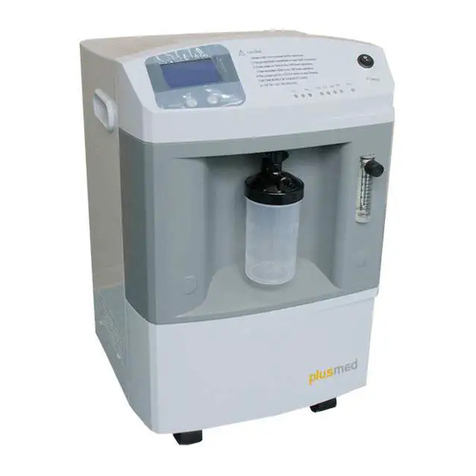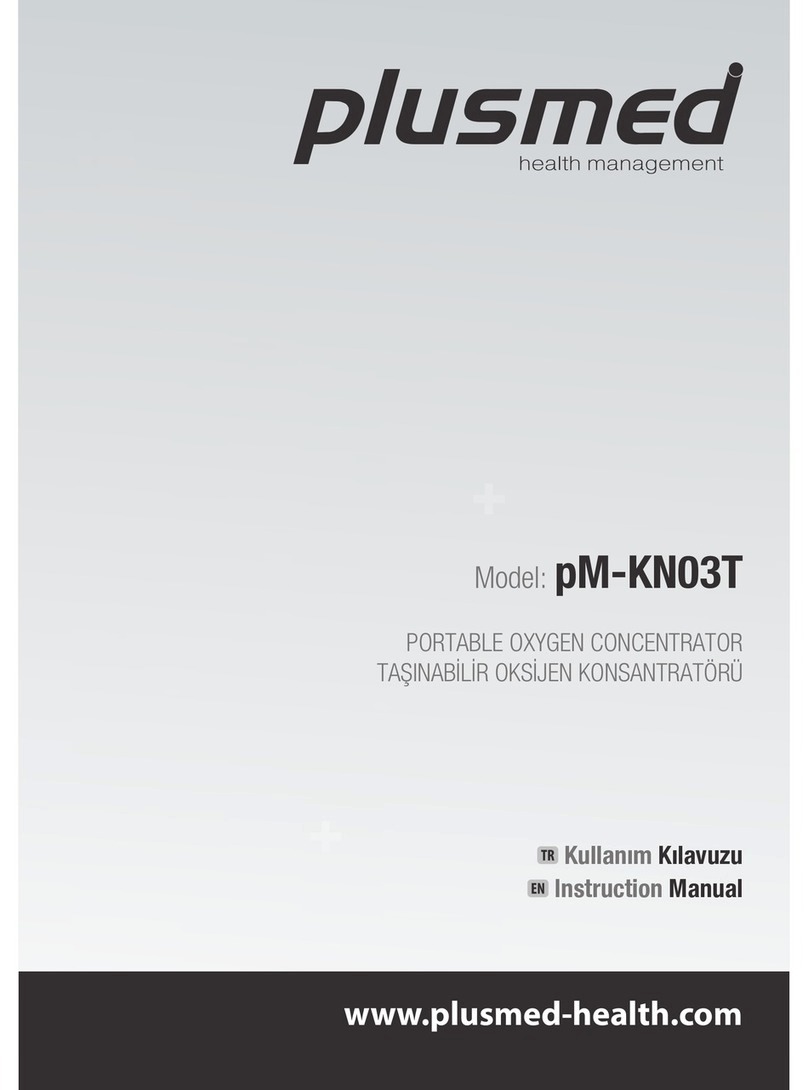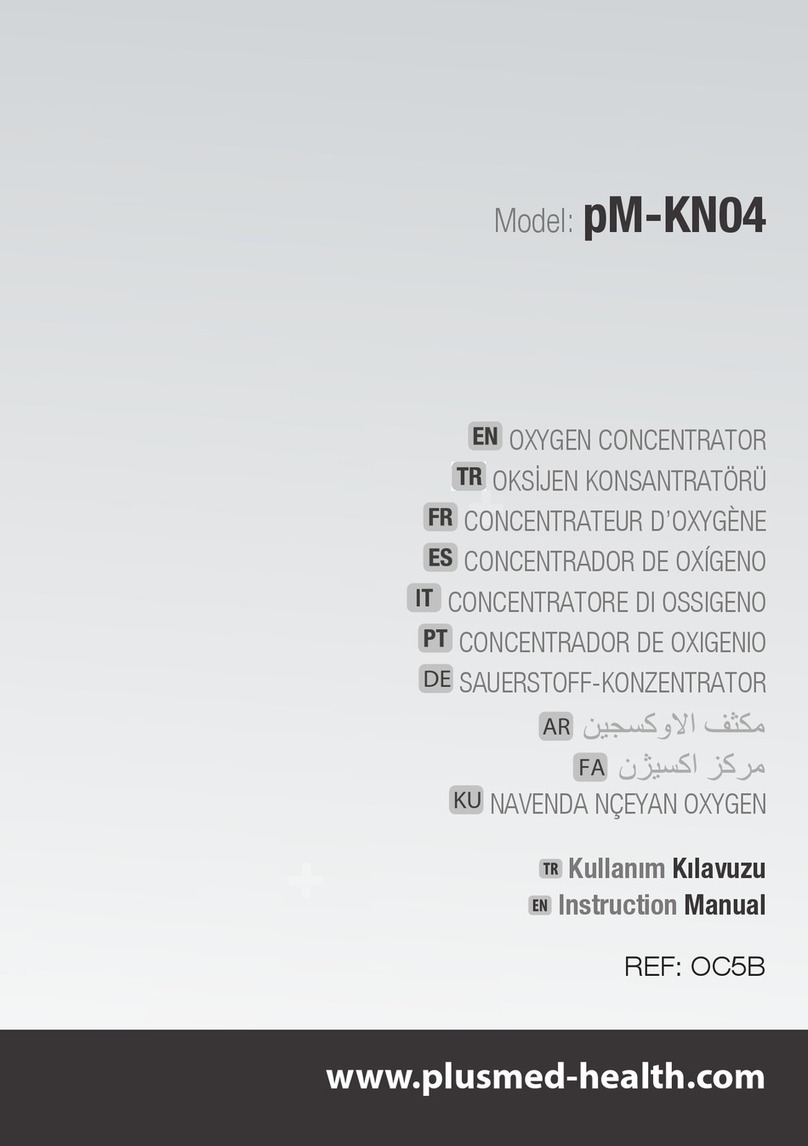
disposal regulations.
Clean the Pulse Oximeter and accessories according to local requirements. Turn off the Pulse Oximeter
before cleaning.
Do not sterilize, autoclave, or immerse this device in liquid. Do not pour or spray any liquids onto the device.
Keep all Pulse Oximeter packing materials away from children, pet or pests, or dispose of them in
accordance with your local environmental regulations.
Keep the oximeter away from young children. Small items such as the battery door, battery, and lanyard are
choking hazards.
Always properly dispose of the Pulse Oximeter and all accessories at the end of their service life. Dispose of
batteries according to your local regulations. Never incinerate batteries or expose them to high temperatures.
1.Product Operation Scope
This Pulse Oximeter is a kind of innovated medical detection device with non-invasive and continuous
features for artery SPO2 and PR detection. It is portable and easy to measure the SPO2 and PR value
quickly and precisely.
This can be through the finger Pulse Oximeter to measure human blood oxygen saturation and heart rate. This
product is suitable for family, clinic, oxygen bar, sports health (use before and after exercise is not recommended
for use during exercise), community health and other ranges. This product is not suitable for monitoring the
patient's prolonged use.
2.General Description
Haemoglobin Saturation is percentage of Oxyhemoglobin (HbO2 ) capacity , compounded with oxygen , by all
combinativable haemoglobin (Hb) and (HbO2 ) capacity in blood . In other words, it is consistence of
Oxyhemoglobin in blood . it is a very important ecological parameter for Respiratory circulation System . Many
respiratory diseases can result in haemoglobin saturation being lowered in human blood. Moreover, the
following factors can also lead to problems in oxygen supply, so that human haemoglobin saturation might be
reduced: Automatic Organic Regulation Malfunction caused by Anesthesia, Intensive Postoperative Trauma, hurts
resulted in by some medical examination and etc. In the situation, illnesses, such as light head, asthenia, vomitory
and etc, might happen to patients and even endanger the patient’s life. Therefore, it is very important to know
Hemoglobin saturation of patient timely in clinical medical aspects. So that doctors can find problems in time.
The fingertip pulse oximeter features in small volume, low power consumption convenient operation and being
portable. It is only necessary for patient to put one of his fingers into a fingertip photoelectric sensor for diagnosis,































